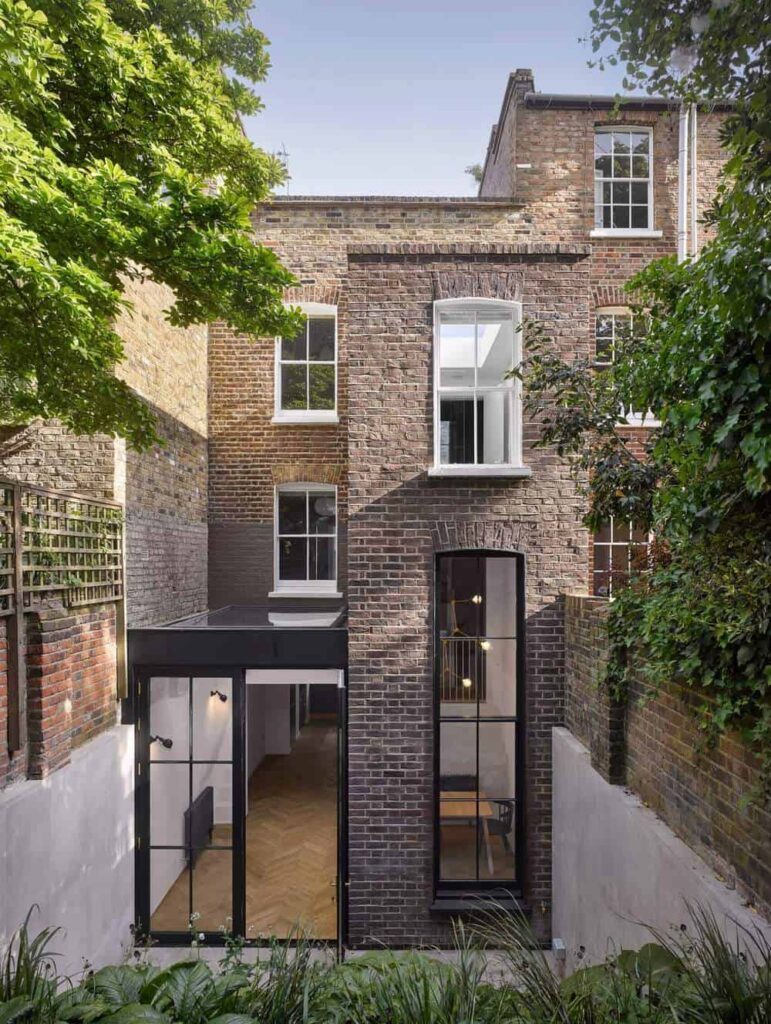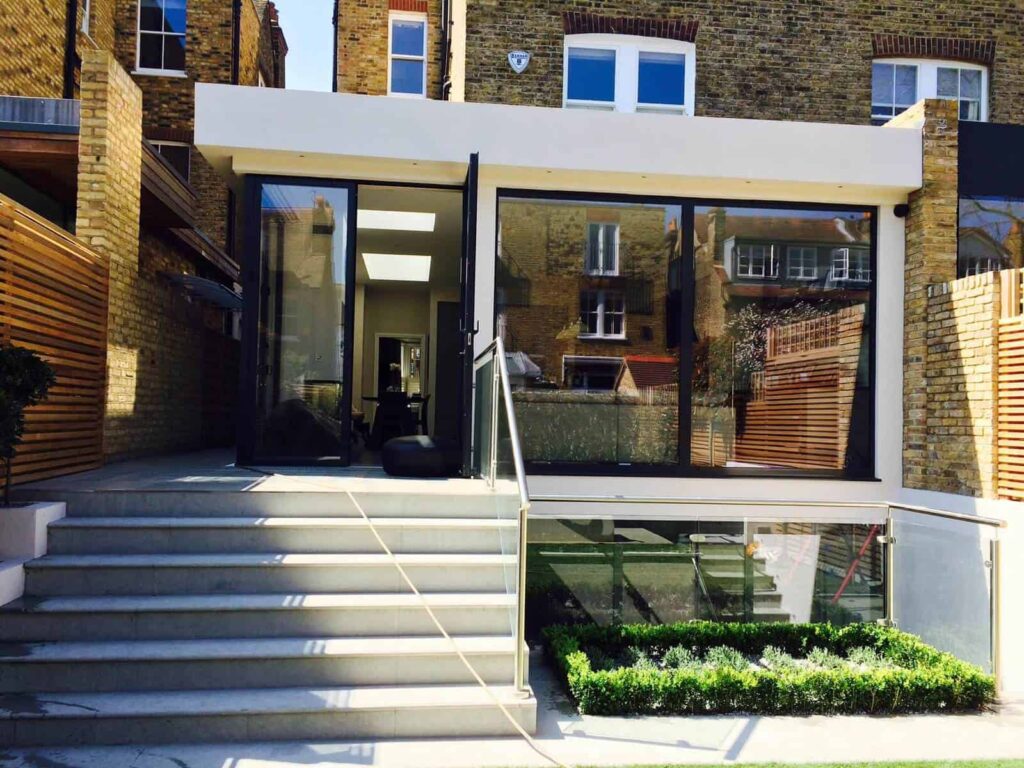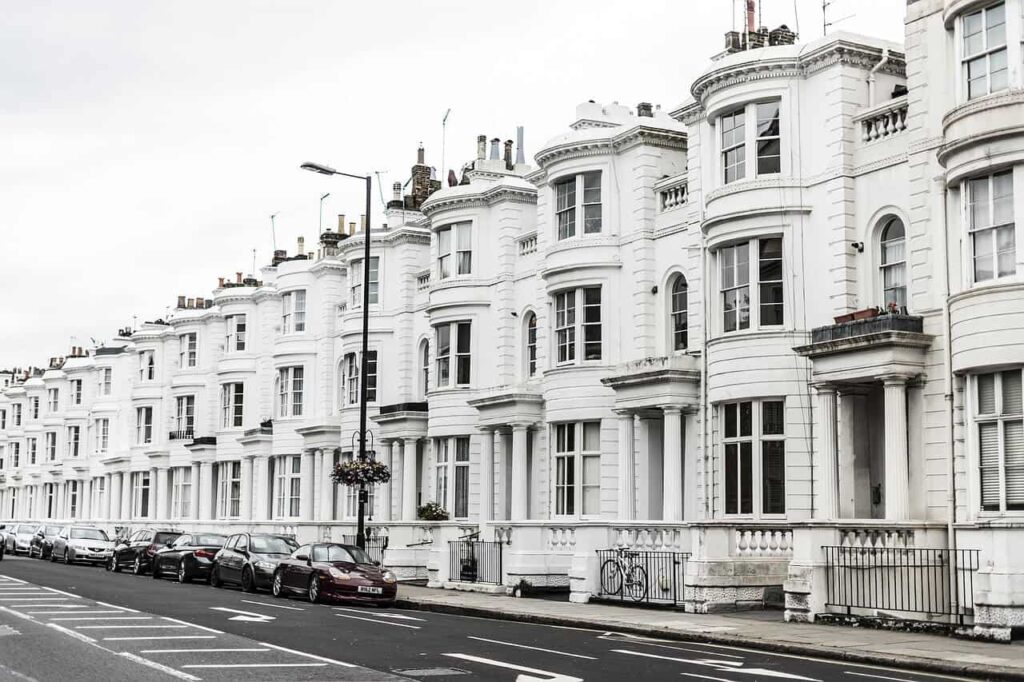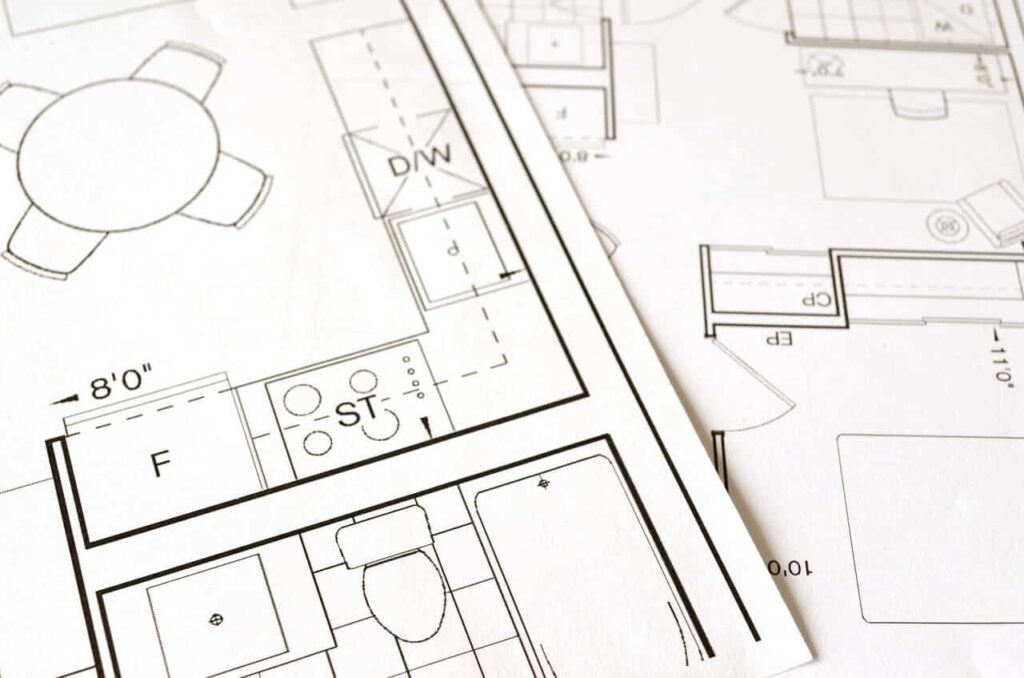Something Funky… A London home extension with a difference

In our line of work, it’s all about creativity. Creativity in design and creativity in solutions. We recently came across this article in Dezeen on an incredible and funky extension in a Grade II listed property in North London and thought we’d share it with you. Read all about it here… If you’d like some guidance on your home improvement project, give us […]
What’s the best home extension for me?

So, you’ve decided that you are ready to embark on a “renovating your home” project and building an extension is the plan. The next big decision iso to choose they type of extension. Of course, the biggest factor in this decision is the budget. No doubt about that. You may have the budget for a large, double-storey […]
How much will a home extension in London cost?

That’s like asking how long is a piece of string? Still, we understand that it’s important to know even an approximate cost before deciding whether you are financially able to undertake a home extension project. We did some digging around and found this handy Extension Cost Calculator on the Homebuilding and Renovation website. All you need to do […]
Does my extension fall under Permitted Development?

Does my extension fall under Permitted Development? We’ve talked about Permitted Development in our previous article on Planning Permission, but there have been some recent developments we thought we’d update you and explore Permitted Development in greater detail. In the first week of October 2019, the Government announced the scrapping of the need for planning permission for a […]
Do I need a Party Wall Agreement for my House Extension in London?

When embarking on a house extension project in London, where we mainly operate, we often get asked by our clients if they need a party wall agreement? Many don’t even know what a party wall is or what a party wall agreement is… just that it’s something they need.So, we thought we’d start at the […]
How to get Planning Permission for a House Extension?

The first step to getting your house extension underway is to get planning permission from your local council. No work can or should commence before this has been received. In West London, where we primarily operate, in the Royal Boroughs of Kensington & Chelsea, Hammersmith & Fulham and Westminster, typically planning applications take anywhere between […]